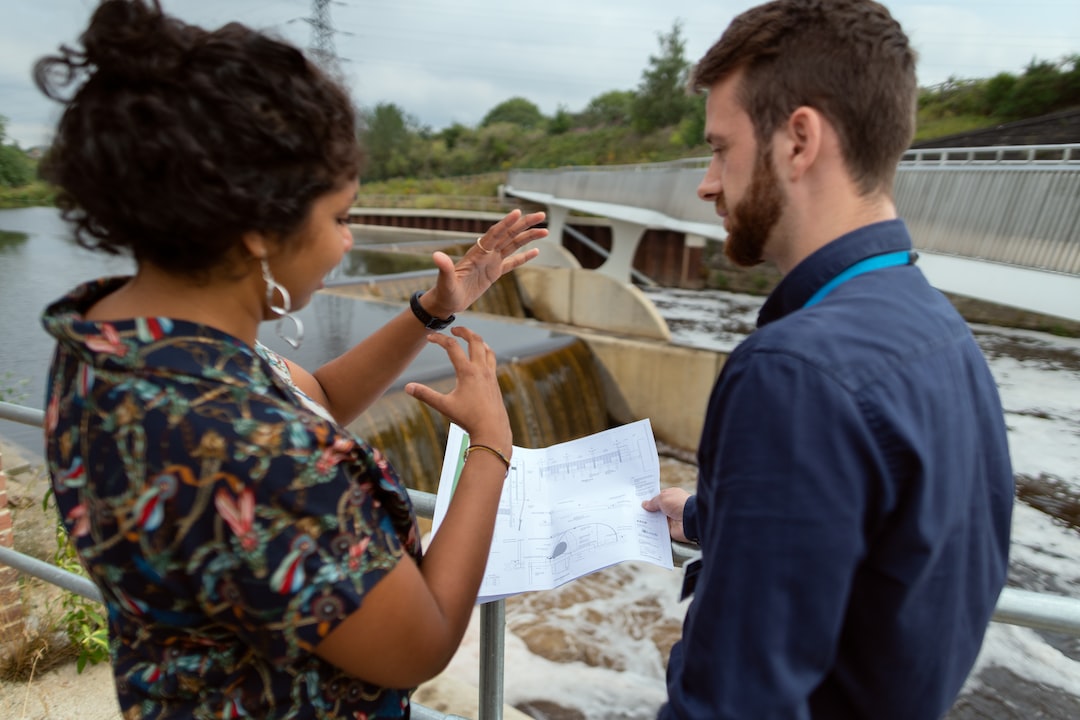The Future of Transportation: Hyperloop and Maglev Technologies
Transportation has always been a fundamental aspect of human life since its inception. As technology has progressed, our methods of travel have evolved alongside it. From horse carriages to steam-powered locomotives and eventually automobiles, we have continuously sought more efficient and faster ways to get from point A to point B. Today, we stand at the precipice of a new era in transportation with the advent of revolutionary technologies such as the Hyperloop and Maglev systems.
The Hyperloop, a brainchild of Elon Musk, is a proposed mode of passenger and freight transportation that combines the speed of an aircraft with the convenience of a train. It achieves this by enclosing passengers in a low-pressure tube and propelling them at high speeds using magnetic levitation (Maglev) technology. The concept promises to be both environmentally friendly and cost-effective, making it a potentially disruptive force in the world of transportation.
One of the key advantages of the Hyperloop is its incredible speed. The proposed speeds could exceed 700 mph, significantly reducing travel times between major cities. A journey that traditionally takes hours could be completed in minutes. For example, a trip from Los Angeles to San Francisco, a distance of around 380 miles, would be reduced to a mere 30 minutes, revolutionizing the way people commute between these metropolitan hubs.
Another benefit of the Hyperloop is its energy efficiency. By utilizing Maglev technology, the pods are propelled forward without the need for friction-inducing wheels. This reduces energy consumption and allows for a smoother, more comfortable ride for passengers. Furthermore, the Hyperloop runs on electricity, which can be generated from renewable sources, contributing to a greener and more sustainable future.
Apart from being fast and energy-efficient, the Hyperloop has the potential to alleviate traffic congestion in major urban areas. By providing an alternative mode of transportation that connects cities quickly, the demand for road travel would decrease, resulting in reduced traffic congestion and a more efficient road network. This would not only save time for travelers but also improve air quality in urban environments by reducing vehicle emissions.
On the other hand, Maglev technology, which serves as the foundation for the Hyperloop, has its own merits that are worth exploring. Unlike traditional trains that rely on friction between wheels and tracks to move, Maglev trains float above the rails using magnetic levitation. This eliminates the need for physical contact and reduces wear and tear, resulting in a smoother ride and minimal maintenance requirements.
The advantages of Maglev technology extend beyond just passenger transportation. It can also be utilized to transport cargo at high speeds, revolutionizing logistics and supply chain management. Fast and efficient transportation of goods means reduced lead times, improved inventory management, and ultimately lower costs for businesses. This would have a profound impact on global trade and the movement of goods across borders.
However, the implementation of these revolutionary technologies is not without its challenges. Developing the necessary infrastructure to support the Hyperloop and Maglev systems on a large scale is no small feat. The construction of low-pressure tubes, sustainable energy sources, and the integration of various technologies require substantial investments. Additionally, regulatory and safety considerations must be taken into account in order to ensure the safe operation of these systems.
Despite these challenges, several countries have already shown interest in adopting these futuristic transportation technologies. For instance, the United Arab Emirates plans to build a hyperloop network connecting Dubai and Abu Dhabi, reducing the travel time between the two cities from over an hour to just 12 minutes. Similarly, Japan and China have made significant progress in developing Maglev systems, with the latter aiming to construct a 1,000 km/h train by 2020.
In conclusion, the future of transportation is poised for significant disruption with the introduction of Hyperloop and Maglev technologies. These innovative systems offer incredible speed, energy efficiency, and the potential to reduce traffic congestion and improve logistics. However, the successful implementation of these technologies relies on overcoming various challenges, including infrastructure development and regulatory considerations. As we enter this new era of transportation, it is crucial to embrace the potential benefits and work collectively towards creating a more connected and sustainable future.

